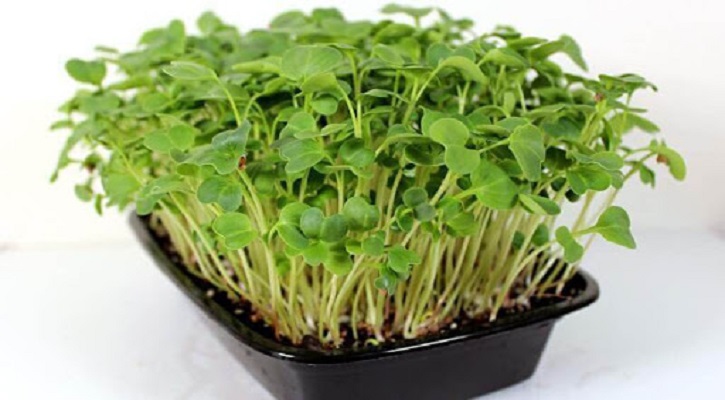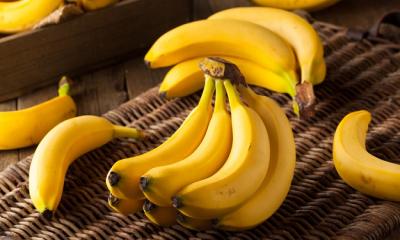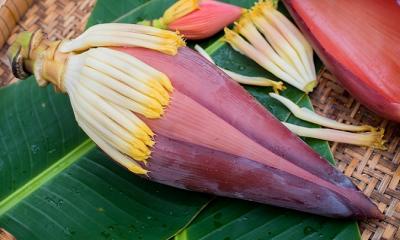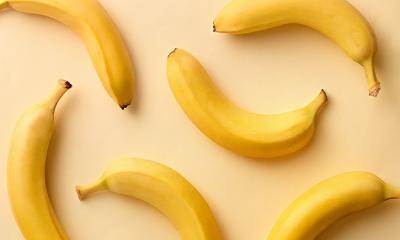
What Are Microgreens?
- Womenscorner Desk
- September 6, 2020
Microgreens are the seedlings of vegetables and herbs. They are an emerging type of specialty vegetable that people can buy from shops or grow at home from the seeds of vegetables, herbs, or grains. They include some wild species.
Scientists see microgreens as a functional food, which means that they can provide key nutrients in a practical way. Some people call them a superfood. People have long grown mustard and cress on their kitchen window ledges and in classrooms. They are fun to grow, tasty to eat, and healthful. However, other types of sprout and microgreen have recently become popular as health foods.
Read More : Health Benefits of Kale
Microgreens can play a role in both sweet and savory dishes. In addition to their nutritional value, they can add flavor, texture, and color to salads and sandwiches. People can also add them to smoothies or use them as a garnish.
They are suitable for eating raw, which means that they retain their vitamin and mineral content. In this article, we look at the benefits of microgreens, how to add them to the diet, how to grow them, and any potential health risks. Microgreens can be a practical way to provide key nutrients. Like sprouts, microgreens are a young vegetable. However, sprouts and microgreens are not the same.
Sprouts are newly germinated seeds that people harvest just as the seed begins to grow and before their leaves develop. Conversely, microgreens grow from sprouts, and they have leaves.
When the cotyledon leaves the embryonic leaves have fully developed, and the first true leaves have emerged, the plant becomes a microgreen. People usually grow sprouts in water and harvest them within 2–3 days.
Read More : Brain Chemistry Imbalances
Microgreens can grow either in soil or hydroponically, but they need sunlight. People harvest them after 1–3 weeks, depending on the type. People can grow microgreens from any herb or vegetable. The flavor will depend on the plant. Popular microgreens include:
- amaranth
- basil
- kale
- broccoli
- mustard
- tatsoi
- orach
- borage
- beet
- parsley
- pea
- red pak choi
- kohlrabi
- Swiss chard
- rocket
Source : Google





